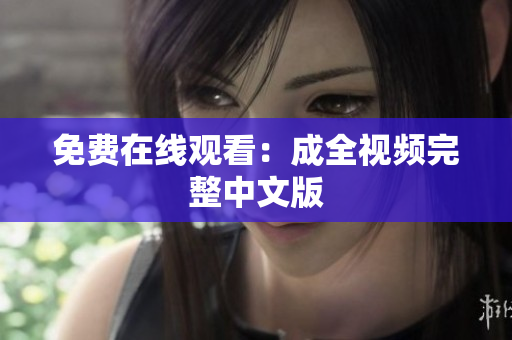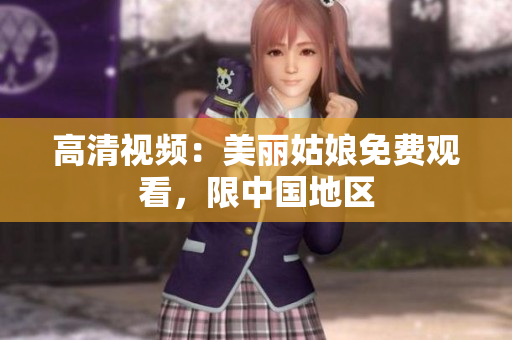Introduction
Western civilization has produced a plethora of magnificent works of art and literature. From Renaissance paintings to Romantic literature, they all bear testimony to the creative ingenuity and artistic brilliance of the Western world. In addition to that, the advent of 5G technology has revolutionized the way we connect and communicate with each other, making it possible to share and access information at lightning-fast speeds. However, in the midst of all these technological advancements, we cannot forget the value of humanities and arts education, especially in preparing students to become well-rounded citizens of the world.
Importance of Humanities and Arts Education
Humanities and arts education foster critical thinking, creativity, and empathy – all essential skills needed to succeed in the 21st century. Through the study of literature, history, philosophy, and other subjects in the humanities, students learn how to analyze complex issues, interpret different perspectives, and communicate their ideas effectively. In addition, arts education, such as music, theater, and visual arts, develops students' imagination, aesthetic sensibility, and emotional intelligence, enabling them to express themselves through various forms of artistic expression. Therefore, it is crucial to prioritize humanities and arts education in schools and universities, alongside STEM subjects.
C1 Class Dilemma
Despite the importance of humanities and arts education, many schools and universities have been cutting funding for these areas, leading to a decline in the quality and quantity of humanities courses. For instance, in the case of the C1 class, the teacher may find it challenging to engage students in the humanities and arts subjects due to the lack of resources and support for these areas. However, this is a critical time to inspire and motivate students to learn about the humanities, as it can help develop a deeper understanding of cultural issues and social justice. Therefore, the teacher can make use of technology, such as virtual field trips, online resources, and interactive learning platforms, to create a more dynamic and engaging classroom environment.
The Pitfalls of Gaming
Many students, especially those in high school, are passionate about video games. While gaming can be a fun and engaging activity, excessive gaming can lead to negative consequences, such as addiction, social isolation, and poor academic performance. Furthermore, some games have controversial features, such as in-game purchases that can lead to addiction and exploitation of vulnerable players. Therefore, it is crucial to educate students on the risks of excessive gaming and to encourage them to engage in other activities, such as sports or arts, to promote a more balanced lifestyle.
The Ethics of Academic Dishonesty
It is not uncommon to hear stories about students cheating or plagiarizing on their assignments, especially in highly competitive academic environments where grades matter. However, academic dishonesty undermines the integrity of the education system and hinders students' personal and intellectual growth. Moreover, it damages the trust between teachers and students and diminishes the universal value of learning. Therefore, it is essential to address the root causes of academic dishonesty, such as stress, anxiety, and pressure to succeed, and to create a culture of academic integrity by promoting ethical behavior and values among students.
The Diversity and Complexity of Southeast Asian Early Childhood Education
Early childhood education is crucial for the development of cognitive, social, and emotional skills among children. However, in Southeast Asia, access to quality early childhood education is limited, especially in rural and disadvantaged areas. Moreover, the diversity of cultures and languages in the region adds complexity to the process of developing effective early childhood education policies and programs. Therefore, it is crucial to promote universal access to early childhood education in Southeast Asia and to develop culturally responsive and relevant early childhood education programs that meet the needs of diverse communities. This can be achieved through collaboration between policymakers, educators, parents, and communities to bridge the gap in early childhood education in the region.
Conclusion
In conclusion, humanities and arts education, alongside technological advancements, play a critical role in preparing students for success in the 21st century. While there are challenges and controversies in education, such as the decline in funding for humanities and arts, the pitfalls of gaming, and academic dishonesty, we must not forget the importance of promoting ethical behavior and values, cultural relevance, and universal access to education. By doing so, we can create a more cohesive, diverse, and equitable society that values creativity, critical thinking, and empathy.









